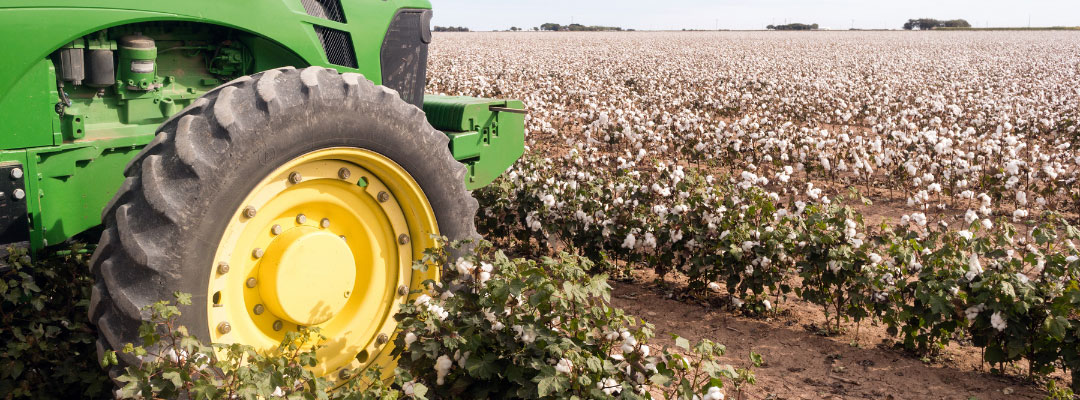The picture painted by the U.S. Department of Agriculture (USDA) of U.S. cotton production has been reframed several times this year already. In August, USDA cut a historically large three million bales off of their previous month’s forecast. The direction of that adjustment was not a surprise to anybody, but the size of it surely was. Then, in September, USDA’s National Agricultural Statistics Service (NASS) reversed themselves and added a million and a quarter bales back to their estimate of U.S. cotton production[1], now at 13.83 million bales of all cotton (i.e., upland and pima combined).
Hopefully, and happily, we can expect the forecast to get more accurate going forward. The reason for this is rooted in three sources of future information. First, as we saw in USDA’s September forecasts, available USDA Farm Service Agency (FSA) certified acreage data were used to revise forecasted planted acreage. This was the main reason for the September upward revision to U.S. cotton production this year. New data on certified acres from FSA sometimes arises later in the fall or winter, so this remains a possible source of refinement.
Second, NASS surveyed more than 7,000 U.S. producers, including major cotton producing states. This survey process includes what they call “objective yield surveys” for major crops. For cotton, this means boll counts from randomly selected field samples in September, October, November, and December. So again, this data flow suggests a more accurate forecast of U.S. cotton production over time.
Third, NASS also reports monthly on cumulative bales ginned, which is another independent (albeit lagged) measure of U.S. cotton production. Altogether, we can expect fewer surprises and an increasingly clearer production picture. This expectation is supported by historical data in Figure 1. Figure 1 shows the percent deviations of USDA’s U.S. cotton production forecasts in August, September, November, and December, relative to the final production estimate at the end of the marketing year (i.e., the following July). As expected, the spread of the percent deviations shrink across the fall season, presumably informed by the previously described data flow. It is also apparent from Figure 1 that USDA tends to overestimate the crop size, at least in the September through December time period.
The marketing implication of this refinement is a fading production risk premium in U.S. cotton prices, all other things being equal.

[1] https://downloads.usda.library.cornell.edu/usda-esmis/files/tm70mv177/qr46s7546/kd17f282m/crop0922.pdf
Robinson, John. “Refinement of U.S. Cotton Production Forecasts“. Southern Ag Today 2(41.1). October 3, 2022. Permalink

